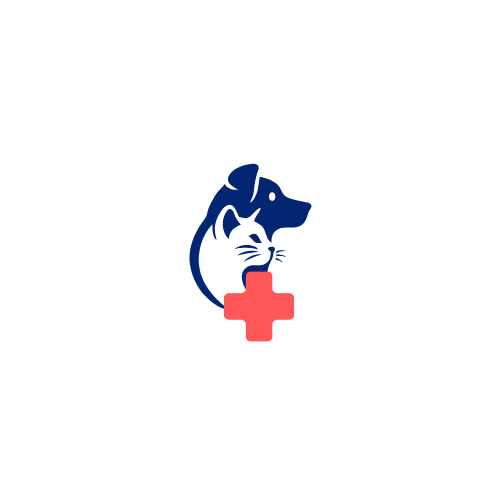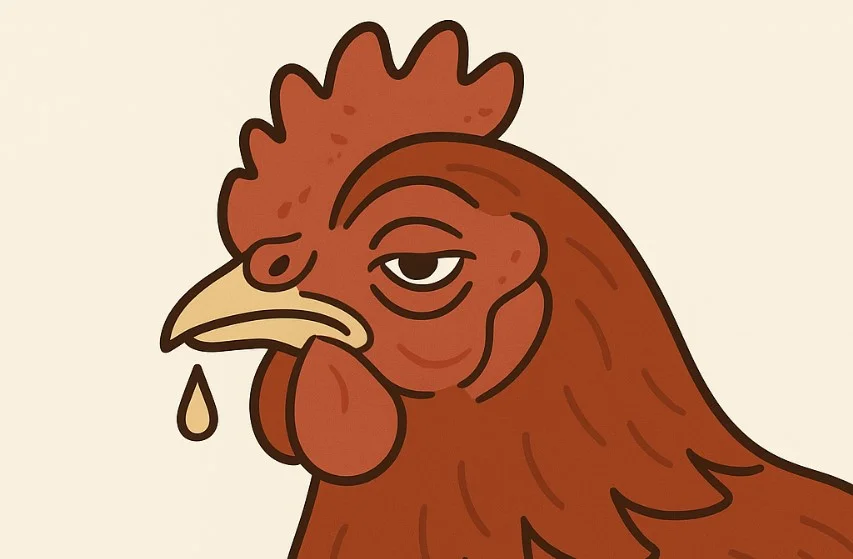
Infectious Coryza in Poultry: A Quick Guide for Poultry Keepers By Dr. Fassih Ul Abbas, DVM RVMP, CVMA
"Infectious Coryza in Poultry: A Contagious Threat to Your Flock’s Health. Learn the signs, treatments, and prevention to keep your birds safe.
Overview:
Infectious coryza is a fast-spreading upper respiratory disease in chickens, caused by Avibacterium paragallinarum. It primarily affects layers and backyard flocks, leading to facial swelling, nasal discharge, and a sharp drop in egg production.
Cause & Transmission:
The disease is caused by a gram-negative bacterium and spreads via direct contact, airborne droplets, contaminated water, or equipment. Birds become carriers post-recovery, posing ongoing risk.
Clinical Signs:
-
Swollen face and wattles
-
Nasal and ocular discharge
-
Sneezing, labored breathing
-
Drop in feed intake and egg production
-
Bad odor from nares
Diagnosis:
Confirmed via bacterial culture, PCR, or serology. It must be differentiated from other respiratory diseases like fowl cholera or chronic respiratory disease.
Postmortem Changes in Infectious Coryza
-
Swollen infraorbital sinuses
-
Sinuses may be distended with yellowish, thick, caseous (cheese-like) exudate.
-
Catarrhal to purulent rhinitis
-
Nasal passages contain mucus to pus-like exudate.
-
Conjunctivitis and sinusitis
-
Swelling and inflammation of the conjunctiva and periorbital tissues.
-
Tracheal congestion or inflammation
-
In severe or chronic cases, the trachea may show signs of congestion or mucopurulent exudate.
-
Air sacculitis (in complicated infections)
-
Cloudy or thickened air sacs, often seen when co-infections (e.g., Mycoplasma gallisepticum) are present.
-
Foul odor from sinuses or nasal cavity
-
Characteristic bad smell due to bacterial decomposition.
Treatment:
Antibiotics (e.g., sulfonamides, tetracyclines, florfenicol) reduce symptoms but don’t eliminate carriers. Supportive care with vitamins and fluids is recommended.
Prevention:
-
Vaccination in endemic flocks
-
Quarantine new birds
-
Good hygiene and ventilation
-
Culling chronic carriers
Prognosis:
Low mortality but high morbidity. Productivity loss can be long-term. Recovered birds may still spread the disease.
Conclusion:
Early detection, biosecurity, and vaccination are vital. Work closely with a poultry veterinarian to safeguard your flock.
Case Study:
Infectious Coryza with Gizzard Impaction in a Domestic Poultry Bird
By Dr. Fassih Ul Abbas, DVM
Signalment:
Species: Chicken (Gallus gallus domesticus)
Age: 9 months
Breed: Desi (local) hen Dead
Flock Size: Backyard flock of 12 birds
History:
The bird was presented with a 7-day history of progressive nasal discharge, swelling around the eyes, open-mouth breathing, and complete off-feed behavior for the last 2 days. The owner also reported that other birds in the flock had mild respiratory signs, but this dead hen was severely affected.
Clinical Findings:
-
Swollen infraorbital sinuses and periorbital edema
-
Copious mucopurulent nasal discharge
-
Conjunctivitis with crust formation around eyes
-
Labored breathing and sneezing
-
Marked anorexia and weight loss
-
Foul odor from the nares
Tentative Diagnosis:
-
Infectious Coryza (caused by Avibacterium paragallinarum)
-
Secondary Gizzard Impaction (due to chronic off-feed condition and grit accumulation)
Postmortem Findings (Necropsy):
Upon necropsy, the following lesions were observed:
-
Enlarged infraorbital sinuses filled with thick yellowish caseous exudate
-
Rhinitis and sinusitis with mucopurulent and malodorous discharge
-
Conjunctival congestion and eyelid edema
-
Mild tracheitis with catarrhal exudate
-
Gizzard impaction: Firm, impacted gizzard containing fibrous plastic material, grass, and grit; proventriculus was mildly dilated
-
Air sacs clear, no evidence of air sacculitis
-
Liver and spleen appeared normal
-
Cachexia and dehydration evident
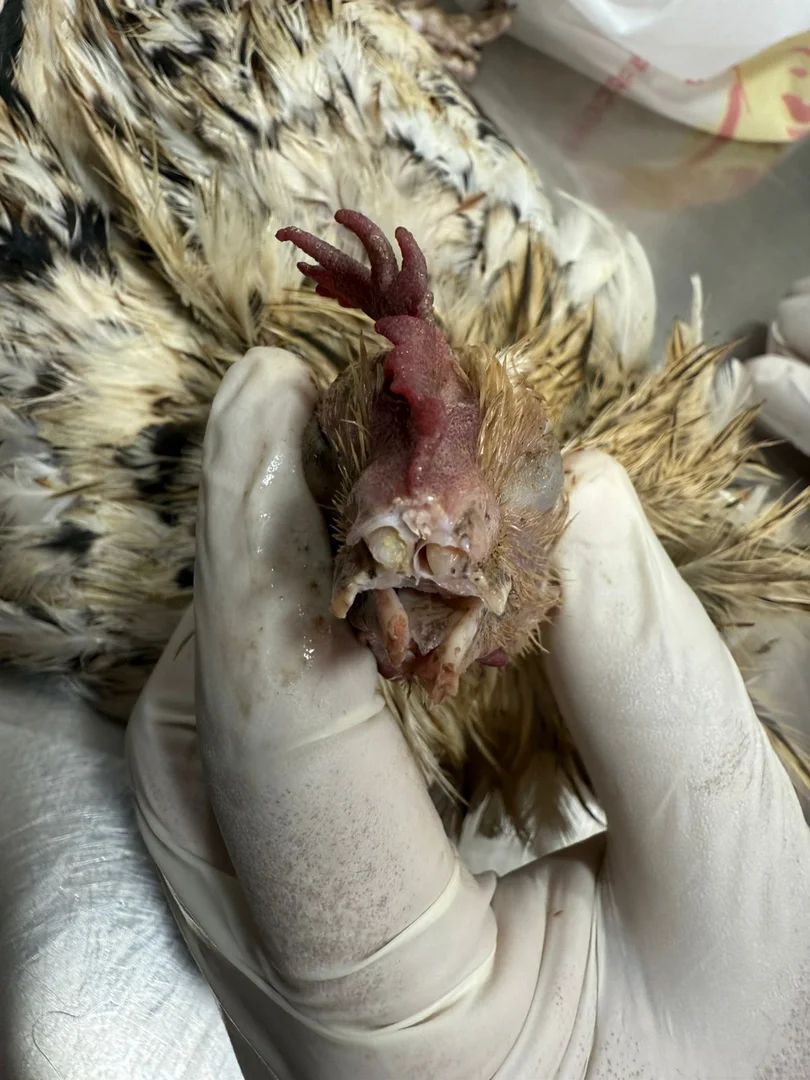 #Rhinitis and sinusitis #Rhinitis and sinusitis |
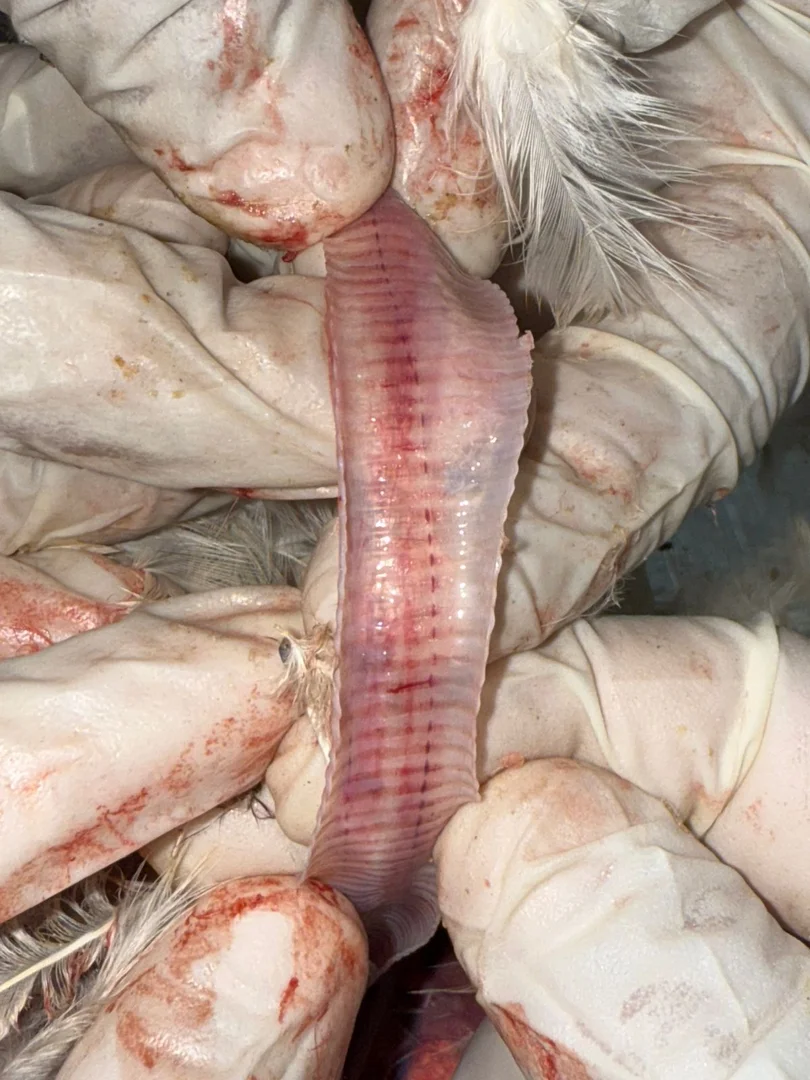 #Treacheal congestion and heamorrhages #Treacheal congestion and heamorrhages |
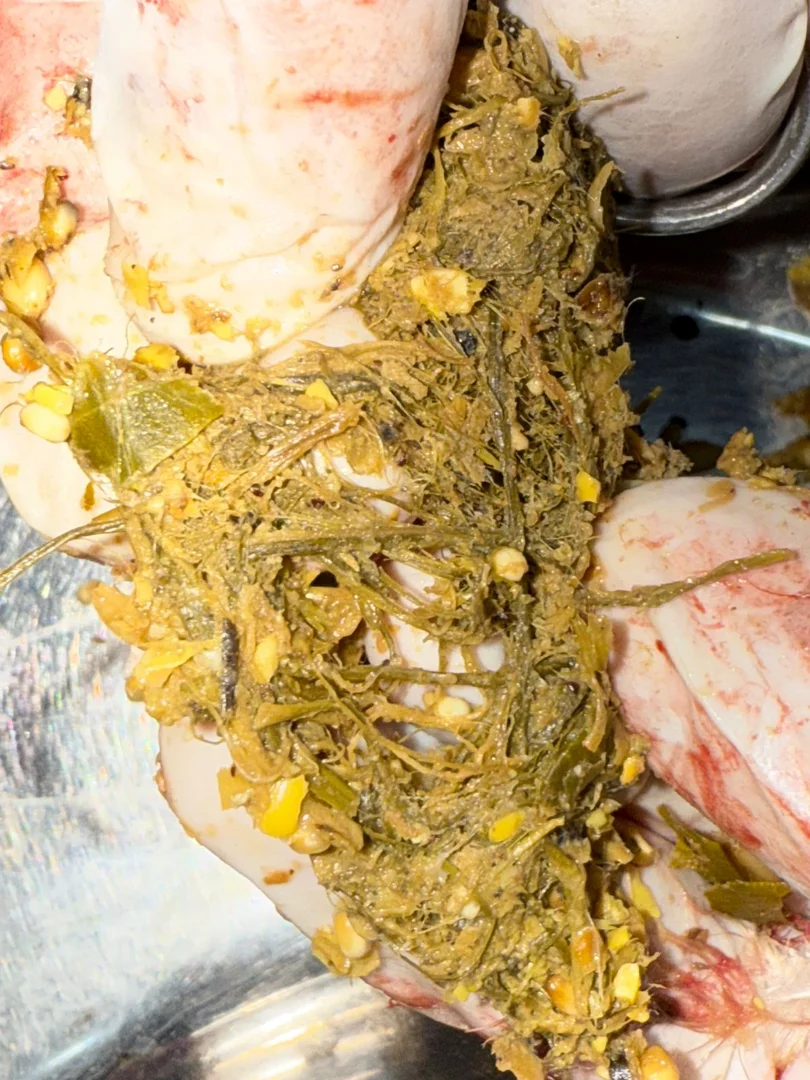 #gizzard impaction #gizzard impaction |
Discussion:
This case highlights a classic presentation of infectious coryza with secondary complications due to prolonged anorexia, resulting in gizzard impaction. The chronic nature of sinusitis contributed to the bird's poor condition. The case also emphasizes the importance of early detection, flock-level biosecurity, and supportive management in endemic backyard systems
